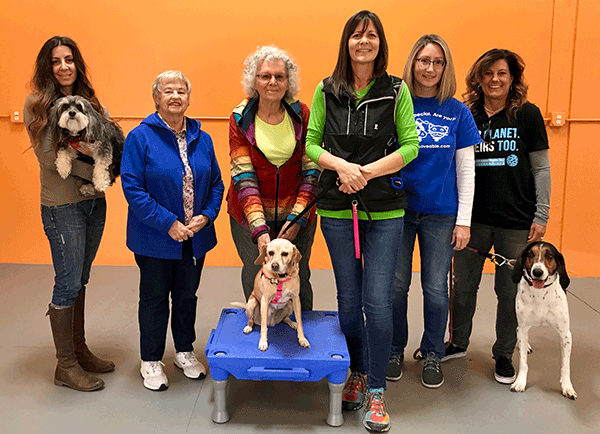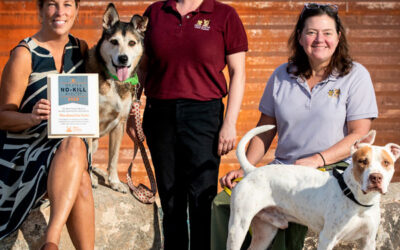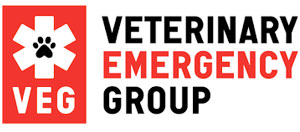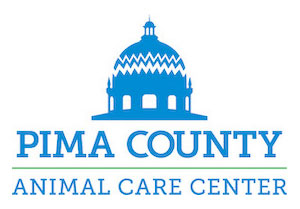By Kim Silver, Arizona Regional Coordinator of The Shock-Free Coalition
Twelve countries have, in whole or part, banned the use of shock collars, which are alternatively marketed as e-collars, training collars, e-touch, stimulation, TENS unit, and remote trainers.1, 2 A vast number of warnings from the veterinary community about the harm these devices pose when used on companion animals have informed these bans.
The British Veterinary Association and the British Small Animal Veterinary Association both recommend “against the use of electronic shock collars and other aversive methods for the training and containment of animals,” and state that shocks “and other aversive stimuli received during training may not only be acutely stressful, painful and frightening for the animals, but may also produce long-term adverse effects on behavioural and emotional responses.”3
Despite a growing body of scientific research, and warnings from the veterinary community, shock collars remain legal in the United States. They are readily available at just about every national pet retailer in the country.4
The Pet Professional Guild has established an Arizona chapter of The Shock-Free Coalition, which is a global advocacy campaign that aims to end the practice of administering electric shock for the purposes of training, management, and caring for pets. The Shock-Free Coalition is building a movement committed to eliminating shock devices from the supply and demand chain. This goal will be reached when shock tools and equipment are universally unavailable and not permitted for use on pets.
The Shock-Free Coalition asserts that pets have intrinsic rights: to be treated humanely; to have each of their individual needs met; and to live in a safe, enriched environment free from force, pain, and fear. It is the responsibility and utmost obligation of members of The Shock-Free Coalition to be vigilant, to educate, to remain engaged, and work to eliminate shock as a permissible tool, so that it is never considered a viable option in the training, management, and care of pets.5
Transparency for Pet Owners
A common misconception is that the more problematic a dog’s behavior, the more severe the training method must be to resolve the problem. Shock collars can worsen problem behaviors, or create new behaviors that did not exist prior to training. The collars may also give owners a false sense of control over the problem behavior.
Psychology professor Dr. Susan Friedman said, “Punishment doesn’t teach learners what to do instead of the problem behavior. Punishment doesn’t teach caregivers how to teach alternative behaviors. Punishment is really two aversive events – the onset of a punishing stimulus and the forfeiture of the reinforcer that has maintained the problem behavior in the past.”6
In order for a problem behavior to reduce in frequency, the initial aversive stimulus (i.e. the shock) needs to be significant. Owners may subsequently use the shock on low level or vibrate. However, using this method, many dogs suppress the problem behavior to avoid the shock, which the owner misinterprets as the dog having been trained not to perform the unwanted behavior. Unfortunately, this can lead to the dog failing to perform many behaviors; in essence the dog will “shut down,” which is a phenomenon known as “learned helplessness.”7
Scientific research clearly demonstrates that electric shock causes both physical and psychological damage to pets. Because highly effective, positive, humane training alternatives exist, there is no reason whatsoever for shock to play a part in the pet industry’s culture of accepted practices, tools, or philosophies. Unfortunately, pet owners are often unaware of the massive disparity in methods used by trainers and pet professionals; owners only find out when they are left to deal with the fallout, which includes the risk of more fearful or aggressive behavior.3, 6, 7
Seeking Behavioral Help
Countless professional organizations and experts condemn physical punishment. Instead, pet owners are urged to seek professionals who advocate for, and practice, reward-based positive behavior modification.
“Pet Professional Guild holds that desensitization and counterconditioning are the only ethical and effective paradigms … to treat aggression in pets. Protocols such as these help positively impact the pet’s emotional state from one of fear and anxiety to one that is more happy and relaxed, and thus able to learn new behaviors.”4
“…[S]cientific literature recom-mends the use of food as a reinforcer in desensitization and counterconditioning pro-tocols that are specifically aimed at addressing … fear and anxiety. … [U]sing food to counter condition emotional responses is the most widely accepted method for treating fear-based behaviors.”4, 8
As Regional Coordinator for The Shock-Free Coalition, I look forward to helping pet owners understand the risks of aversive training devices, such as shock collars. It is my goal to guide owners toward more effective, evidence-based alternatives, and thereby improve the lives of pets and their owners throughout Arizona.
Contact Kim Silver, Arizona Regional Coordinator of The Shock-Free Coalition at: info@buildingbondstraining.com
Sign the Shock-Free pledge at: shockfree.org
References:
1. Stilwell, V. (n.d.). Shock Collars.
2. The Kennel Club. (2017). Electric Shock Collars.
3. British Small Animal Veterinary Association. (2012). Position Statement on Aversive Training Methods (Electronic and Other Aversive Collars). Position Statement No. 31.
4. Pet Professional Guild (2016) Position on Shock
5. Shock Free Coalition (2019) Pledge
6. Friedman, S. (2010, March). What’s Wrong with This Picture? Effectiveness Is Not Enough. APDT Journal.
7. O’Heare, J. (2011). Empowerment Training. Ottawa, ON: BehaveTech Publishing.
8. Overall, K.L. (2013). Manual of Clinical Behavioral Medicine for Dogs and Cats. St. Louis, MO: Elsevier Saunders.














